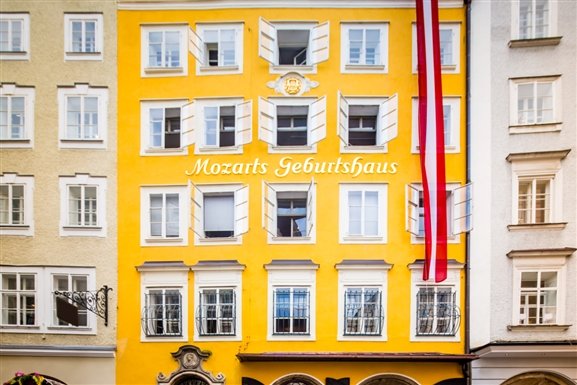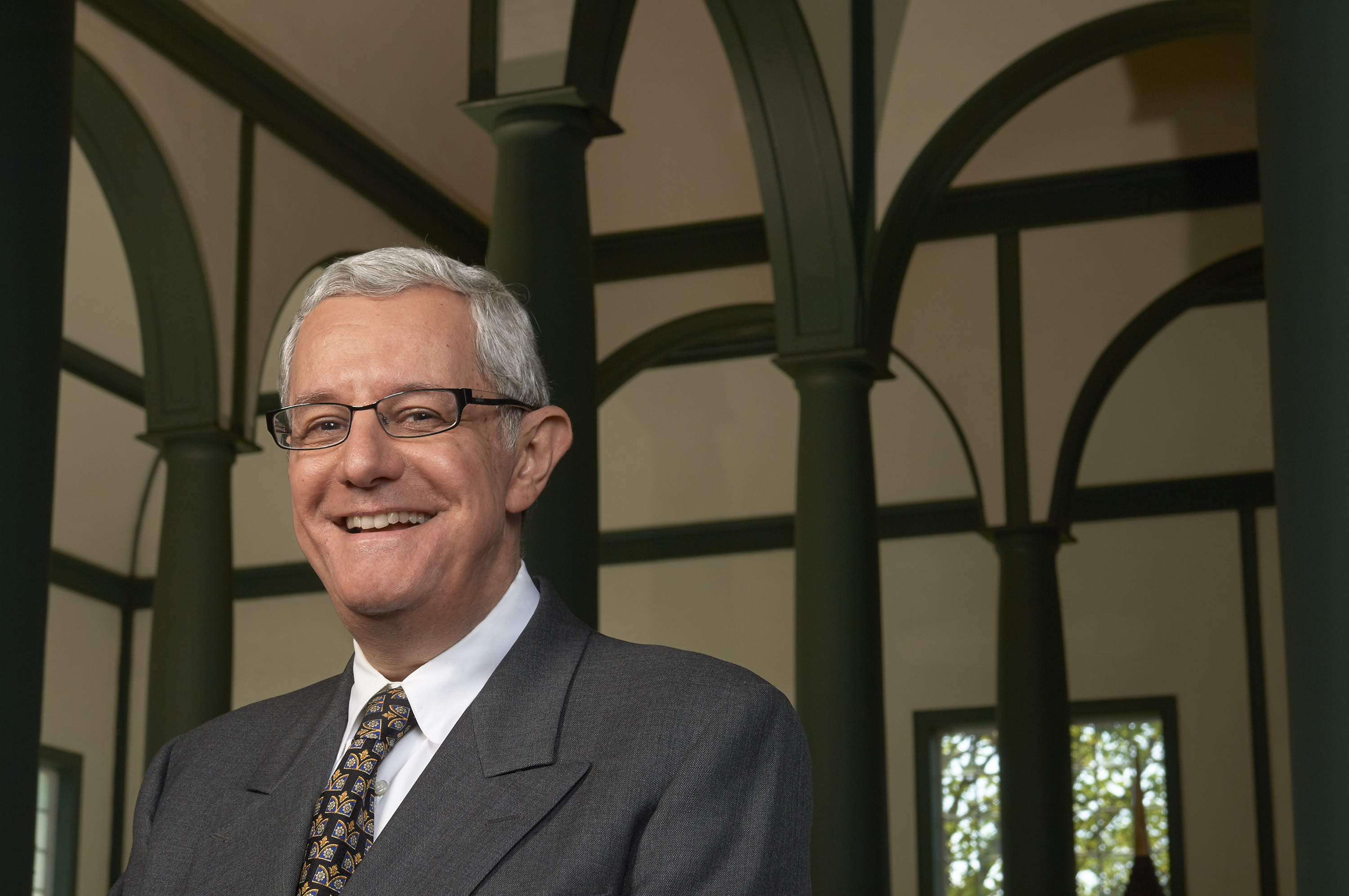By Stephen Cera
SALZBURG, AUSTRIA – On my first, long-overdue visit to Salzburg, I was eager not only to hear Mozart’s music. I also wanted to see sites most closely associated with him: the room where he was born, the apartment where he grew up, the spinet and violin he played as a boy.
It is difficult for me to imagine Mozart as the person who lived for a scant 35 years, yet bequeathed a vast artistic treasure to humanity. Here in Salzburg, museums such as the Geburtshaus (birth-place) and Wohnhaus (early residence) breathe life — fact-based life — into this icon of music history.

The apartment building in Salzburg where Mozart was born in 1756
In addition to the musical feast on offer at the annual Mozart-Week Festival, I participated in a private tour of original archives in the Mozarteum’s closely-guarded Autograph Vault. It contains a trove of letters to and from Mozart and his wife, as well as to his father, sister and mother. [The Mozarteum is an organization devoted to the composer’s life and works.]
I viewed a number of autograph manuscripts kept under glass in carefully-controlled conditions with respect to light, temperature and humidity, to ensure that the fragile papers do not degrade.
An archivist of the Mozarteum explained that many Mozart manuscripts also reside in Berlin and Silesia. During World War II, with Salzburg a bombing target of the Allies, authorities feared for the safety of these autograph manuscripts. They moved many of them to remote locations in Berlin and Silesia where the scores were kept underground in conditions far less optimal than those at the Mozarteum.
Standing alone before the handwritten autograph of the C-Minor Fantasy, K. 475, for solo piano, the effect was beyond humbling. By examining Mozart’s phrasing and dynamic markings, his flowing script, I felt much closer to this work and its creator.
Later, I toured the 17th-Century Residenz, lavish home of the Prince-Archbishops of Salzburg, where the boy Mozart performed.


